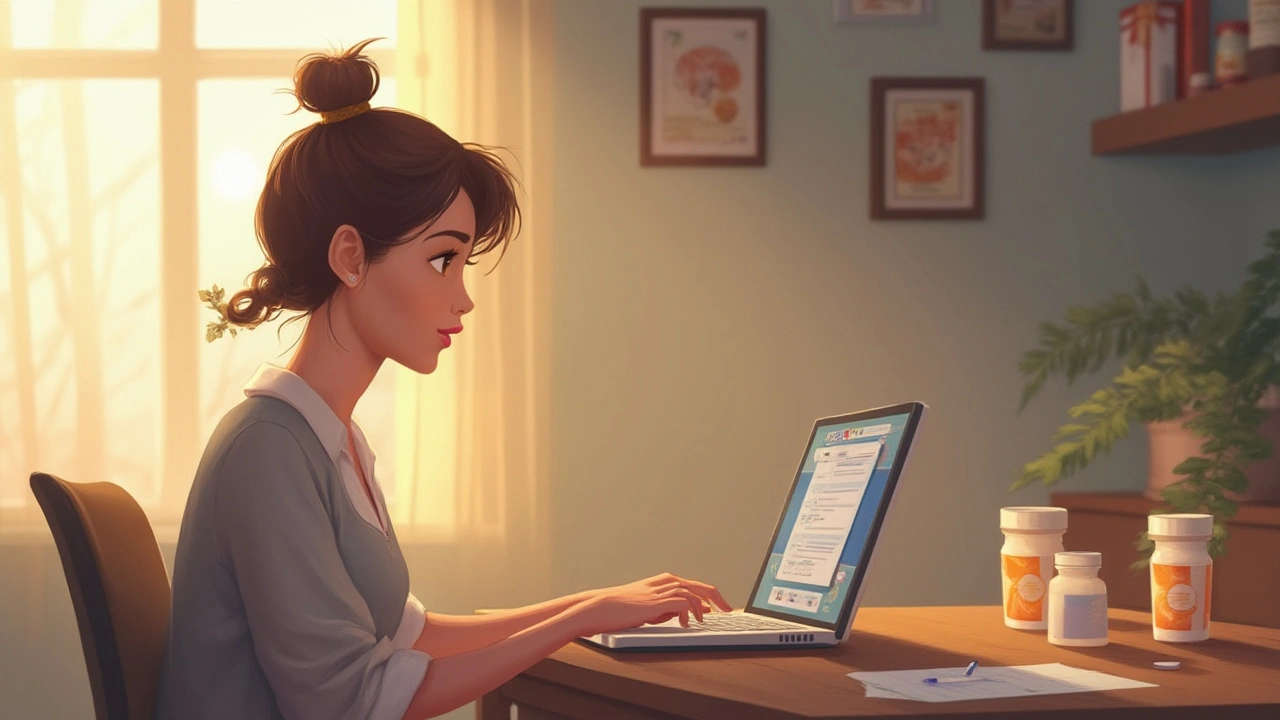Prescription Medicine: What It Is, Why It Matters, and How to Get It Safely
Prescription medicine is any drug that a doctor or qualified health professional signs off for you. Unlike over‑the‑counter pills you can pick up at any shop, these medicines need a prescription because they can affect the body in powerful ways. That’s why they’re tightly regulated – to make sure you get the right dose and avoid dangerous interactions.
People often wonder why a doctor has to write a script for something that seems simple, like a pain reliever. The answer lies in safety. Prescription drugs can have side effects, require monitoring, or interact with other meds you’re taking. When a clinician reviews your health history, they can match the right medication to your condition and set up follow‑up checks.
How to Get Prescription Medicine Legally
The most straightforward route is to visit a doctor, get a written or electronic prescription, and fill it at a licensed pharmacy. In many countries you can also use tele‑health services – a video call with a qualified prescriber who can send the script directly to a pharmacy you choose. Always check that the pharmacy is registered with your national regulator (e.g., GPhC in the UK or FDA‑approved in the US).
If you’re looking to buy online, stick to sites that require a valid prescription and display a clear pharmacy registration number. Legitimate online pharmacies will ask for a copy of your script, verify your identity, and provide a secure checkout. Beware of offers that say “no prescription needed” or promise prices that seem too good to be true – those are usually scams that sell counterfeit or unsafe products.
Practical Tips for Safe Use and Buying
1. **Keep a medication list** – Write down every prescription, dose, and when you take it. Share this list with any new doctor or pharmacist. 2. **Check the expiry date** – Medicines lose potency over time. Don’t use anything past its date. 3. **Read the label** – Pay attention to food interactions, alcohol warnings, and storage instructions. 4. **Use a single pharmacy** – When you stick to one trusted pharmacy, they can spot drug interactions easier. 5. **Watch for side effects** – If you feel unusual symptoms, call your prescriber right away. They may need to adjust the dose or switch meds.
Online buying can be convenient, especially for chronic conditions where you need refills every month. Follow these steps to stay safe:
- Verify the pharmacy’s licence number on the regulator’s website.
- Make sure the site uses HTTPS (look for a padlock in the browser).
- Never give out your credit‑card details to a site that asks for unrelated personal info.
- Keep a copy of the prescription and receipt for your records.
Remember, prescription medicine is a tool that works best when you and your healthcare team use it correctly. If you ever feel unsure about a drug, ask your pharmacist – they’re trained to explain dosage, side effects, and how to store it safely.
Bottom line: prescription drugs can improve health dramatically, but only when you get them from a legit source and follow the guidance provided. Stay informed, keep your pharmacy details up to date, and don’t hesitate to reach out to a professional if something feels off. Your safety is worth the extra few minutes of checking.
